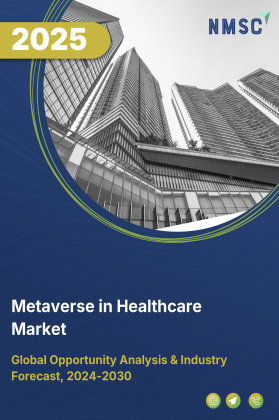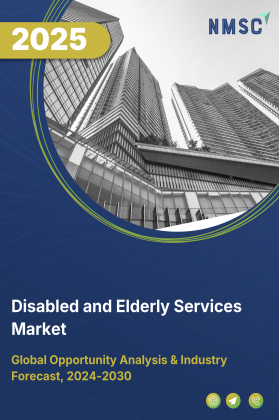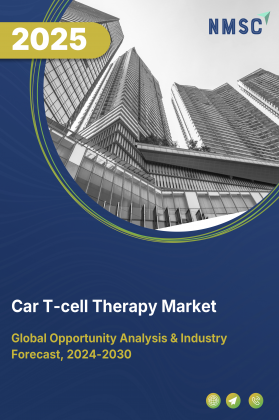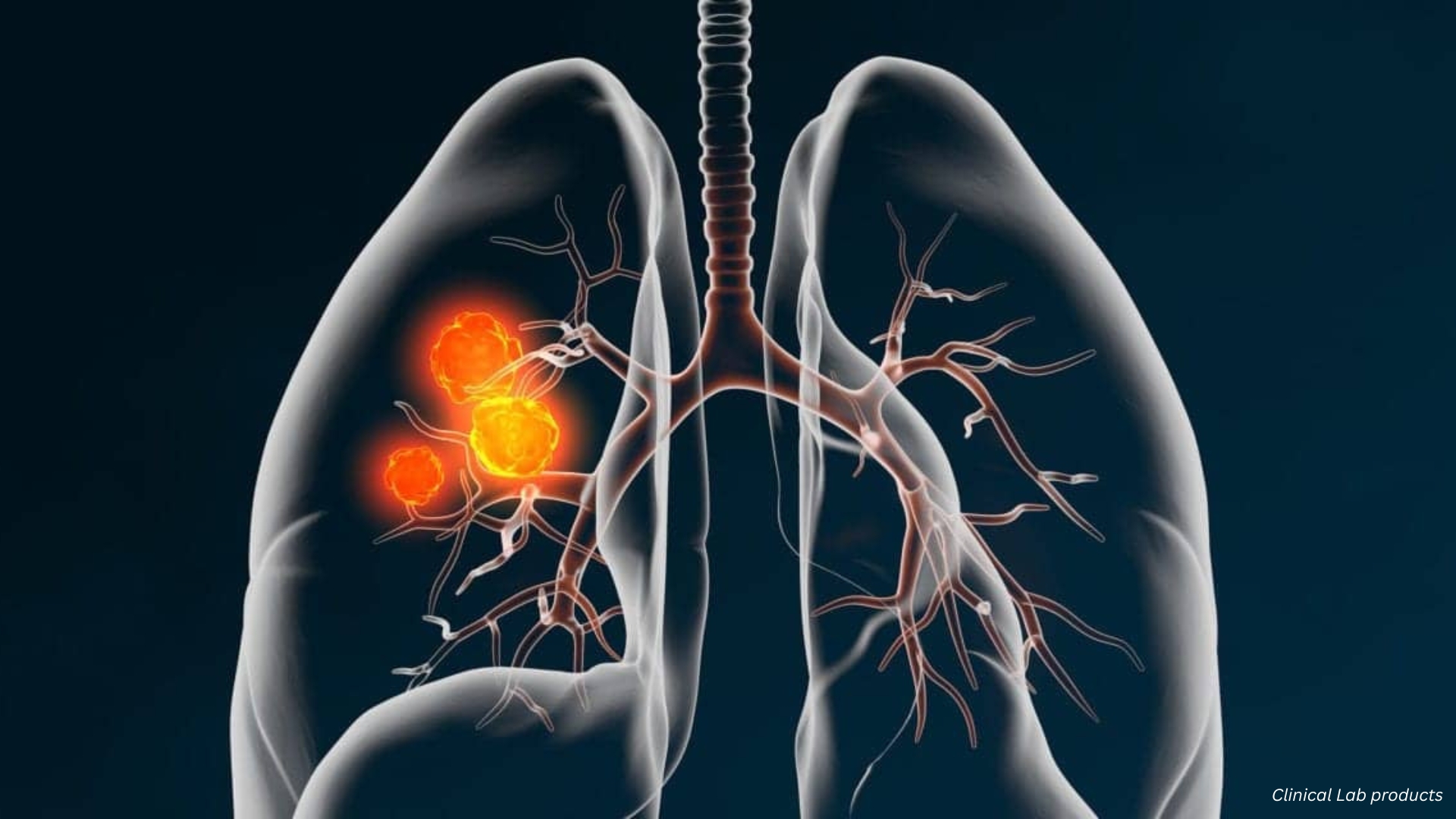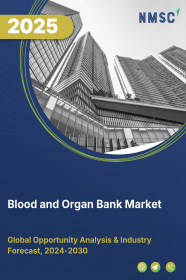
Blood and Organ Bank Market by Product (Blood Products, Organ Products, Tissue Products and Others), by Service (Blood Banking Services, Organ Banking Services, Cord Blood banking Services and Tissue banking Services), by Application (Transfusion, transplantation, Research and Development and others), by End User (Hospitals, Blood Banks and Organ Procurement Organizations, Research Institutes and Laboratories, and Others)– Global Opportunity Analysis and Industry Forecast, 2025–2030
Blood and Organ Bank Industry Overview
The global Blood and Organ Bank Market size was valued at USD 37.98 billion in 2024, and is expected to be valued at USD 40.44 billion by the end of 2025. The industry is projected to grow further, hitting USD 55.39 billion by 2030, with a CAGR of 6.5% between 2025 and 2030.
The global market is evolving rapidly, driven by several factors such as rising occurrence of diseases is fuelling the growth of the market. Increasing healthcare expenditure drives the growth of the market. Rising demand and innovation in organ transplantations further boost the growth of the market. These drivers are collectively contributing to the growing importance of robust blood and organ banking systems that support life-saving procedures and improve healthcare delivery across the globe. However, the market is not without its challenges. The challenge of blood component shelf life hinders the growth of the market. Despite this restraint, the industry presents a promising future. The adoption of digital technologies and innovation creates an opportunity for transformation. These advancements are expected to enhance efficiency, safety, and scalability in blood component storage, enabling healthcare systems to meet rising demands more effectively and sustainably.
Rising Occurrence of Haematological Diseases is Fuelling the Growth of the Blood and Organ Bank Market
The increasing occurrence of blood-related disorders, or haematological diseases, across the globe is a significant force propelling the growth of the blood bank market. As the world's population ages and lifestyle-related diseases become more common, the demand for blood transfusions and related services continues to rise. This surge in the necessity for blood and its components directly impacts the market size and underscores the critical role of blood banks in maintaining public health. For instance, reports published by the American Cancer Society indicate that in 2023, there were around 20 million newly reported cases of cancer, and 9.7 million lost their lives to cancer worldwide, and cases of cancer are expected to swell to 35 million by 2050, thereby fuelling the growth potential of the blood bank industry.
Increasing Healthcare Expenditure Drives the Growth of the Market
The continuous increase in health spending serves as a major driver for the blood and organ bank market growth. As healthcare expenditure grows, so does the capacity to fund and improve the critical services provided by these institutions. This financial growth enables investments in advanced technologies, better infrastructure for storage and transportation, and enhanced research efforts within the blood and organ banking sector. Such increased spending directly supports the operational capabilities and the potential for expansion within the industry, contributing to its overall market size and market share.
Rising Demand and Innovation in Organ Transplantations Further Boosts the Growth of the Market
The growing imbalance between organ demand and availability continues to drive expansion in the organ bank market growth. A large number of patients require transplants, yet the limited supply of viable organs creates a significant shortfall. This unmet need encourages investment in improving donor identification and registration processes. At the same time, advancements in preservation methods help extend organ viability, allowing for wider and more efficient distribution. Innovations in storage and transportation are also supporting better transplant outcomes. These developments not only aim to reduce waiting times but also improve success rates. The situation highlights the urgency of refining organ transplantation and handling systems. As awareness grows, regulatory support and funding initiatives are also increasing. Together, these factors contribute to the rising growth potential of the organ banking market.
The Challenge of Blood Component Shelf Life Hinders the Growth of the Market
One of the primary restraints faced by the blood bank market is the short shelf life of blood components. Unlike many other medical supplies that can be stored for extended periods, whole blood typically has a usable lifespan of only around 42 days. This necessitates meticulous inventory management and precise adherence to timelines to ensure that collected blood is utilized before expiration. Furthermore, most blood components cannot be frozen for long-term preservation, requiring constant, cold-but-not-frozen storage. This inherent perishability presents significant logistical challenges in forecasting demand, minimizing waste, and ensuring a consistent supply of safe and viable blood products, thereby impacting the efficiency and potentially the market share of individual blood banks.
The Adoption of Digital Technologies and Innovation Creates an Opportunity for the Market
A significant opportunity for players in the industry lies in the adoption of digital technologies and innovation. The integration of cloud computing, big data analytics, artificial intelligence (AI), blockchain, internet of things (IoT), and mobile applications holds immense potential to revolutionize operations. These technologies can optimize processes like donor-recipient matching, inventory management, and supply chain logistics, leading to increased efficiency, reduced errors, and improved accessibility of blood and organs. For example, a "Smart Blood Bank" system leveraging technology can address delays in matching and enhance data security. Furthermore, online platforms and mobile apps can streamline donor registration and appointment scheduling. Embracing this digital transformation can enhance the quality and accessibility of services, potentially expanding the market share and fostering greater collaboration among stakeholders in the blood and organ donation ecosystem.
Market Segmentation and Scope of the Study
The blood and organ bank market report are segmented on the basis of product, services, bank type, storage & preservation method, application, end users, and region. On the basis of product, the market is divided into blood components, organ products, tissue products, and others. On the basis of services, the market is segmented into blood banking services, organ banking services, cord blood banking services, and tissue banking services. On the basis of bank type, the market is divided into blood banks, organ banks, tissue banks, and hybrid banks. Based on storage & preservation method, the market is divided into hypothermic perfusion preservation, vapor phase storage, liquid phase storage, and others. On the basis of application, the market is segmented into transfusion, transplantation, research and development, and therapeutics. On the basis of application, the market is also bifurcated into therapeutic applications and research applications. On the basis of end users, the market is segmented into hospitals, blood banks, and organ procurement organizations, research institutes and laboratories, specialty clinics, and others; and also segmented into hospitals & clinics, diagnostics & research laboratories, academic institutions, pharmaceutical & biotechnology companies, and others. Regional breakdown and analysis of each of the aforesaid segments include regions comprising North America, Europe, Asia-Pacific, and RoW.
Geographical Analysis
North America has established itself as a significant player in the global blood and organ bank market share. The presence of the FDA in the United States highlights a strong focus on safety and quality standards within the blood bank market. Recent activities, such as the successful merger of Organ Procurement Organizations (OPOs) under the New England Organ Bank and the acquisition of Nader by Cord Blood Registry, indicate a dynamic landscape with strategic realignments and expansions within the organ donation and transplantation sector. Furthermore, Canada actively promotes blood, organ, and tissue donation, emphasizing the importance of these services for the health of its population. These developments suggest a mature market with a continuous drive for optimization and broader accessibility of life-saving resources.
Europe presents a diverse landscape influenced by both national regulations and overarching European directives. The European Directorate for the Quality of Medicines & HealthCare (EDQM) plays a crucial role in setting quality and safety standards for organs, tissues, and cells for human application. According to Foundation de France, 1.4 million people in the country are over 85 years old today, and this number is expected to double to 5 million by 2060. The organization of training courses on quality management for tissue establishments underscores a strong commitment to enhancing the efficacy and safety within the European organ and tissue banking sector.
The Asia-Pacific region is witnessing significant developments, driven by increasing healthcare needs and evolving public awareness. The rising prevalence of haematological diseases is a key factor fueling the growth potential of the blood bank market in this region, as noted in the context of the "global blood and organ bank market." India indicates growing awareness of organ donation, with an increase in deceased organ donors, although the organ waitlist continues to expand, highlighting both progress and persistent challenges. Moreover, South Korea's experience reflects the evolving landscape of organ and tissue donation and transplantation within the region. These trends suggest a market with substantial growth opportunities as healthcare infrastructure improves and donation awareness campaigns gain traction.
The Rest of the World encompasses a diverse range of countries with varying levels of development in their tissue banking solutions infrastructure. Collaborative efforts and the standardization of protocols are crucial for ensuring the safety and availability of blood and organs across the globe. The overall market trends toward digital transformation and advancements in preservation techniques hold relevance for the growth potential of the blood and organ bank in these regions as well, aiming to address the critical need for these life-saving resources in diverse healthcare settings.
Strategic Advancements by Key Players Shaping the Global Blood and Organ Bank Sector
Key players in the global blood and organ bank industry are actively adopting various strategies and navigating a complex landscape of challenges and promising opportunities. For instance, in organ donation, initiatives focused on consolidation and expansion, such as the successful merger of Organ Procurement Organizations (OPOs) under the New England Organ Bank, aim to broaden service areas and improve organ recovery. Similarly, acquisitions like Cord Blood Registry's purchase of Nader in the cord blood banking sector indicate strategic moves for market share and service diversification. However, a significant challenge persists in meeting the demand for organs. To tackle the intricacies of blood banking, which is a vital segment of the industry size, key strategies revolve around enhancing the safety and availability of blood products. This includes investing in advanced equipment for precise temperature control and monitoring in storage units, given the short shelf life and disparate storage needs of blood components. The implementation of blood bank management solutions (LIMS) is also crucial for comprehensive sample tracking, efficient inventory management, and maintaining a robust chain of custody.
For instance, in February 2025, New York Blood Center Enterprises (NYBCe) and Human Life CORD Japan Inc. signed a letter of intent to deepen their collaboration in the production of umbilical cord-derived mesenchymal stromal cells (MSCs). Looking ahead, digital transformation presents significant growth potential, with the exploration of cloud computing, big data analytics, and even blockchain technology to optimize operations, improve donor-recipient matching, and ensure data security.
Furthermore, ongoing vigilance and the development of rapid diagnostic tests and pathogen inactivation methods are essential to address the continuous challenge of emerging pathogens and ensure blood safety.
Key Benefits
-
The report provides quantitative analysis and estimations of the market from 2025 to 2030, which assists in identifying the prevailing market opportunities.
-
The study comprises a deep dive analysis of the market including the current and future trends to depict prevalent investment pockets in the market.
-
Information related to key drivers, restraints, and opportunities and their impact on the market is provided in the report.
-
Competitive analysis of the players, along with their market share is provided in the report.
-
SWOT analysis and Porters Five Forces model is elaborated in the study.
-
Value chain analysis in the market study provides a clear picture of roles of stakeholders.
Blood and Organ Bank Market Key Segments
By Product
-
Blood Components
-
Whole Blood
-
Red Blood Cells (RBCs)
-
Platelets
-
Plasma
-
Cryoprecipitate
-
-
Organ Products
-
Kidney
-
Liver
-
Heart
-
Lung
-
Pancreas
-
Intestine
-
-
Tissue Products
-
Cornea
-
Skin Grafts
-
Bone Grafts
-
Heart Valves
-
Tendons and Ligaments
-
-
Others
By Service
-
Blood Banking Services
-
Blood Collection
-
Blood Testing and Processing
-
Blood Storage
-
Blood Distribution
-
-
Organ Banking Services
-
Organ Procurement
-
Organ Preservation
-
Organ Transplantation Coordination
-
-
Cord Blood Banking Services
-
Cord Blood Collection
-
Cord Blood Processing
-
Cord Blood Storage
-
-
Tissue Banking Services
-
Tissue Collection
-
Tissue Processing
-
Tissue Storage
-
By Bank Type
-
Blood Banks
-
Organ Banks
-
Tissue Banks
-
Hybrid Banks
By Storage & Preservation Method
-
Hypothermic Perfusion Preservation
-
Vapor Phase Storage
-
Liquid Phase Storage
-
Others
By Application
-
Transfusion
-
Transplantation
-
Solid Organ Transplantation
-
Tissue Transplantation
-
Stem Cell Transplantation
-
-
Research and Development
-
Medical Research
-
Regenerative Medicine
-
Stem Cell Research
-
Drug Discovery & Development
-
-
Therapeutics
-
Trauma & Surgery
-
Cancer Treatment
-
Haematological Disorder
-
Organ Transplantation
-
Others
-
By End-Users
-
Hospitals
-
Blood Banks and Organ Procurement Organizations
-
Research Institutes and Laboratories
-
Specialty Clinics
-
Pharmaceutical & Biotechnology Companies
-
Others
By Region
-
North America
-
The U.S.
-
Canada
-
Mexico
-
-
Europe
-
The UK
-
Germany
-
France
-
Italy
-
Spain
-
Denmark
-
Netherlands
-
Finland
-
Sweden
-
Norway
-
Russia
-
Rest of Europe
-
-
Asia Pacific
-
China
-
Japan
-
India
-
South Korea
-
Australia
-
Indonesia
-
Singapore
-
Taiwan
-
Thailand
-
Rest of Asia Pacific
-
-
RoW
-
Latin America
-
Middle East
-
Africa
-
Key Players
-
The American National Red Cross
-
Vitalant
-
MTF Biologics
-
New York Blood Center
-
NHS Blood and Transplant
-
Sanquin
-
Terumo BCT, Inc.
-
Blood Centers of America
-
CSL Plasma
-
New England Donor Services
-
LifeCenter Northwest
-
The Living Bank
-
Donate Life America
-
American Foundation for Donation and Transplantation
-
Canadian Blood Services
REPORT SCOPE AND SEGMENTATION
|
Parameters |
Details |
|
Market Size in 2024 |
USD 37.98 Billion |
|
Revenue Forecast in 2030 |
USD 55.39 Billion |
|
Growth Rate |
CAGR of 6.5% from 2025 to 2030 |
|
Analysis Period |
2024–2030 |
|
Base Year Considered |
2024 |
|
Forecast Period |
2025–2030 |
|
Market Size Estimation |
Billion (USD) |
|
Growth Factors |
|
|
Countries Covered |
28 |
|
Companies Profiled |
15 |
|
Market Share |
Available for 10 companies |
|
Customization Scope |
Free customization (equivalent up to 80 working hours of analysts) after purchase. Addition or alteration to country, regional, and segment scope. |
|
Pricing and Purchase Options |
Avail customized purchase options to meet your exact research needs. |

















 Speak to Our Analyst
Speak to Our Analyst



